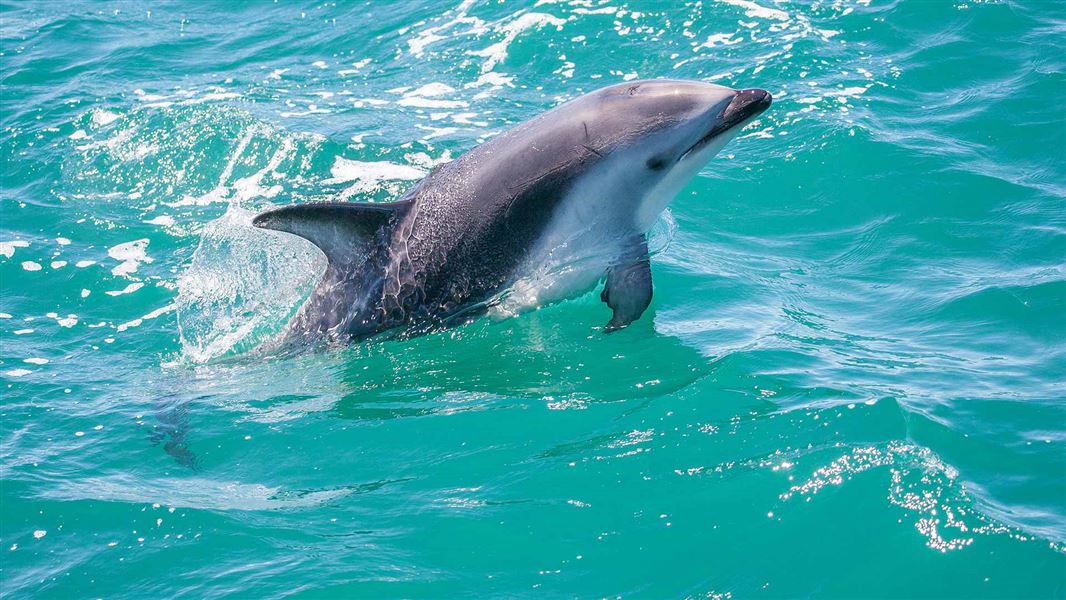
Introduction
The sheltered Otago Harbour provides an attractive respite for humans and animals alike to rest, recreate and thrive.Find this UrbanNature panel on Portsmouth Drive at the mouth of the Otago Harbour.
We all love a bit of time to kick back and relax. On a windy Dunedin day the Otago Harbour can provide a sheltered, calm respite from the turbulence of the wild pacific coast and the rugged hills that surround the city.
Visitors, both human and animal alike, have always favoured the Otago Harbour for its shelter. Before the arrival of Pākehā, southern right whales used the Otago Harbour for calving. In the early-nineteenth century, Pākehā whalers chose Ōtākou/Wellers Rock for a whaling station. As settlement grew around the harbour, so did its use by humans for transport, fishing, and recreational pursuits.
Numerous species of fish, marine mammals and birds also find shelter in the Harbour's calm confines. Many marine mammals and sharks are attracted to the calm waters of the Otago Harbour in pursuit of prey, or simply to rest. Orca and southern right whales can sometimes be spotted near Taiaroa Head, and bottlenose dolphins can occasionally be sighted along the length of the harbour, with one dusky dolphin female even calving here!
Sometimes human pursuits and animal pursuits can interfere with each other. In November 2011, a Dunedin fisherman accidentally caught a dusky dolphin in a set net just 100 m offshore from Portobello, and in only three metres of water!
The best way to help protect animals in the harbour is to treat them with respect by keeping your distance. Check out DOC's guidelines for sharing our coastal waters with marine mammals. If you fish with set nets, make sure to use them in accordance with MPI's rules and if you spot dolphins in the area, be sure to promptly remove your nets.
If you're interested in finding out more about the amazing animals we share our harbour with, the New Zealand Marine Studies Centre at Portobello offers an education programme focused on the creatures that like to hang out in its calm waters.
Did you know?
Two species of dolphins can occasionally be spotted in the Otago Harbour: the bottlenose dolphin and the dusky dolphin. These two types of dolphins are easy to distinguish from each other. The bottlenose dolphin is much larger (up to four metres), and has a well-defined and pointed beak, whereas the dusky dolphin is smaller (up to two metres) and has almost no beak whatsoever.